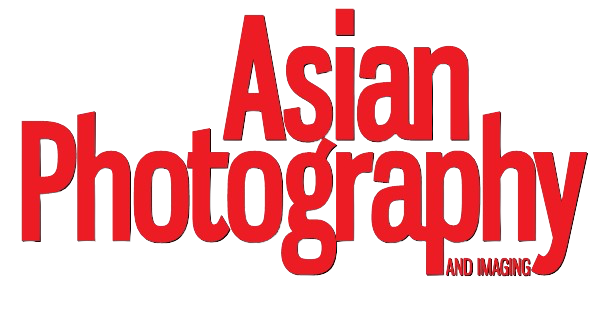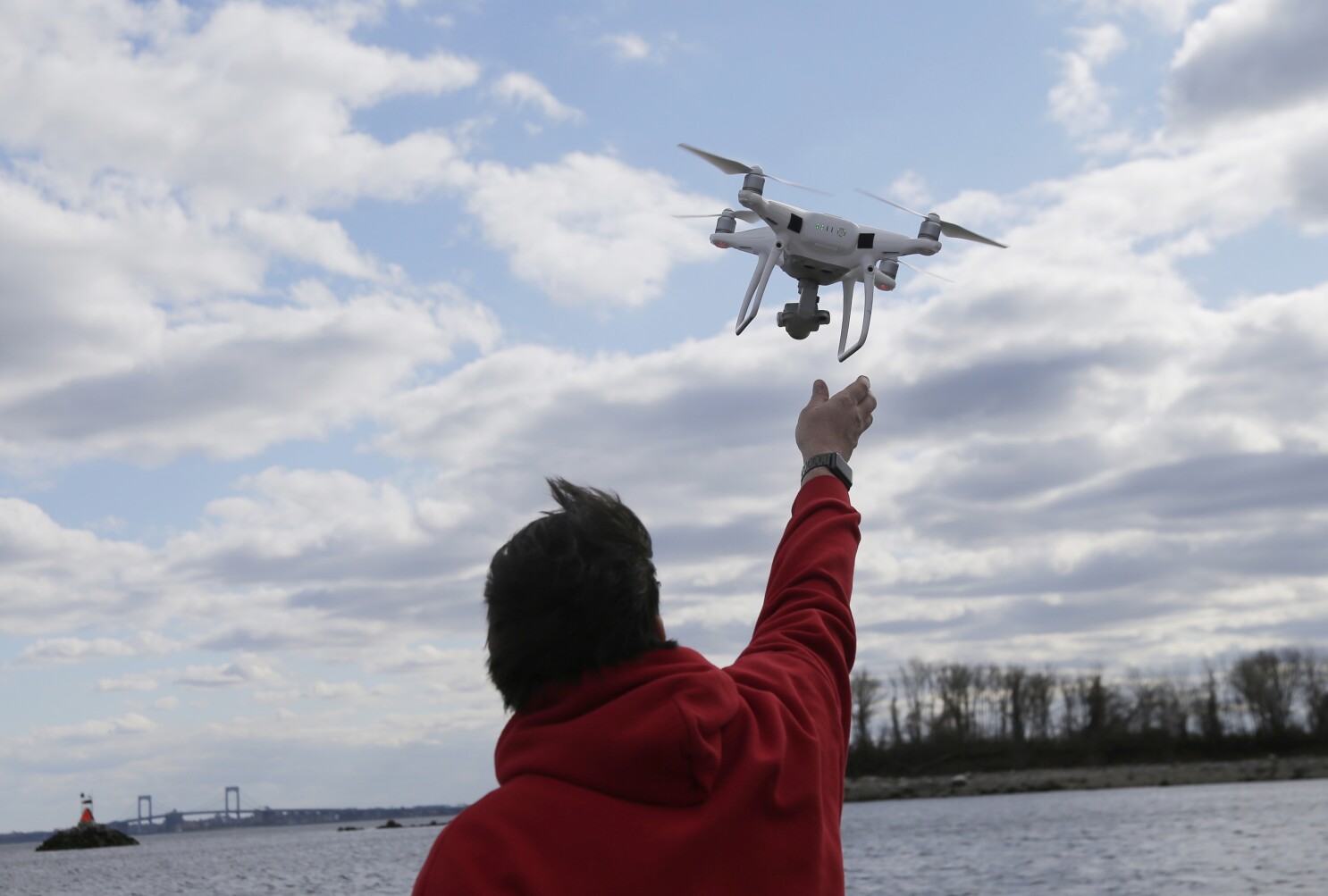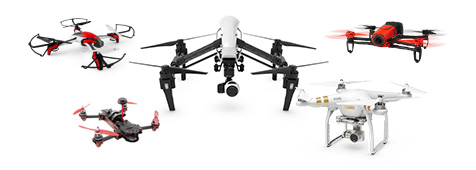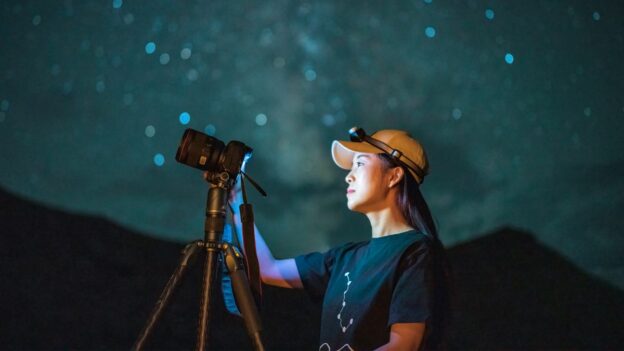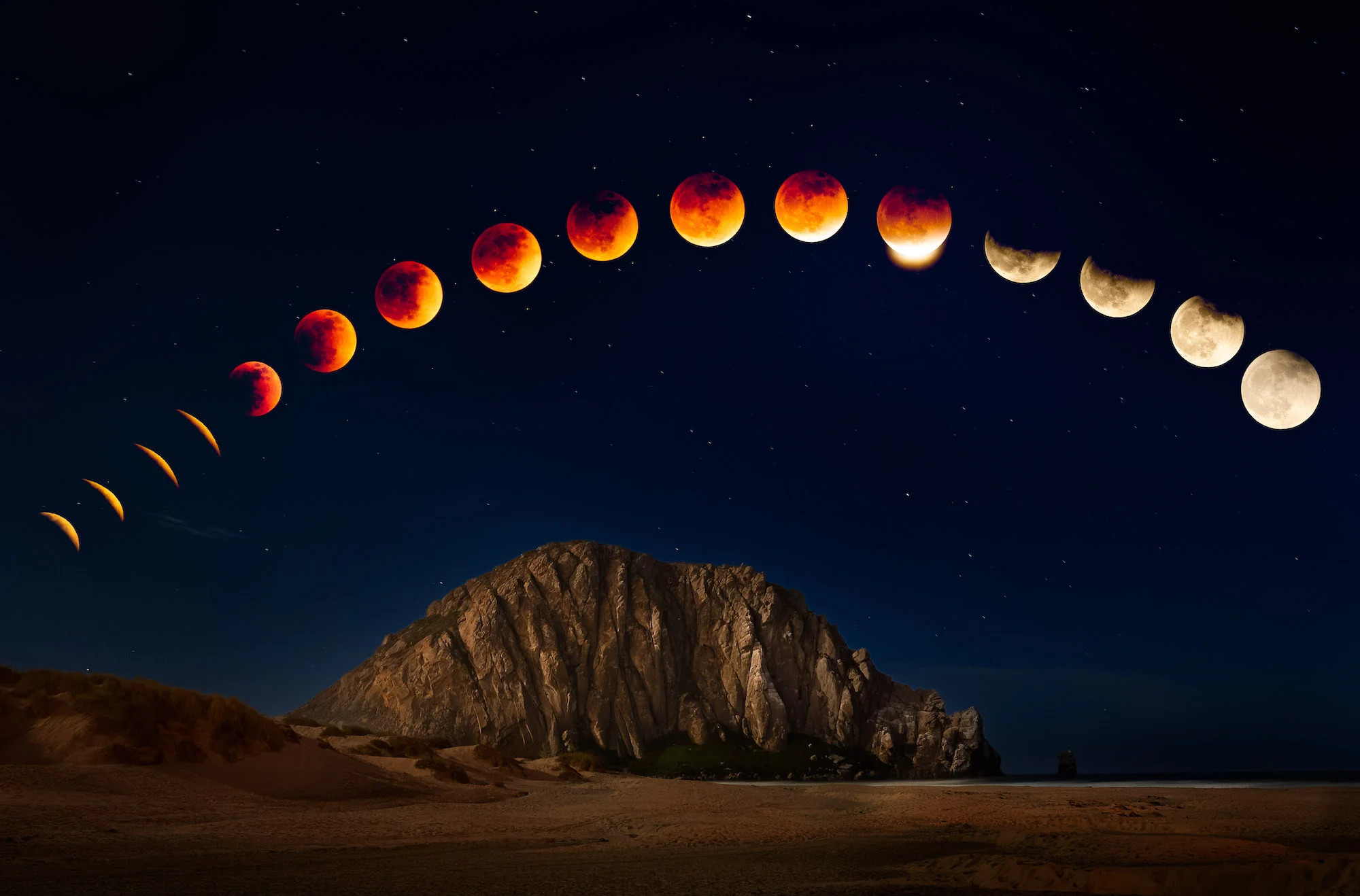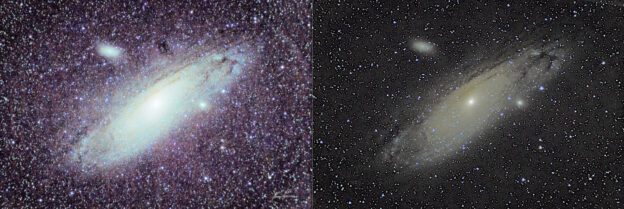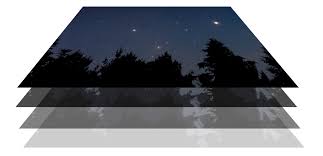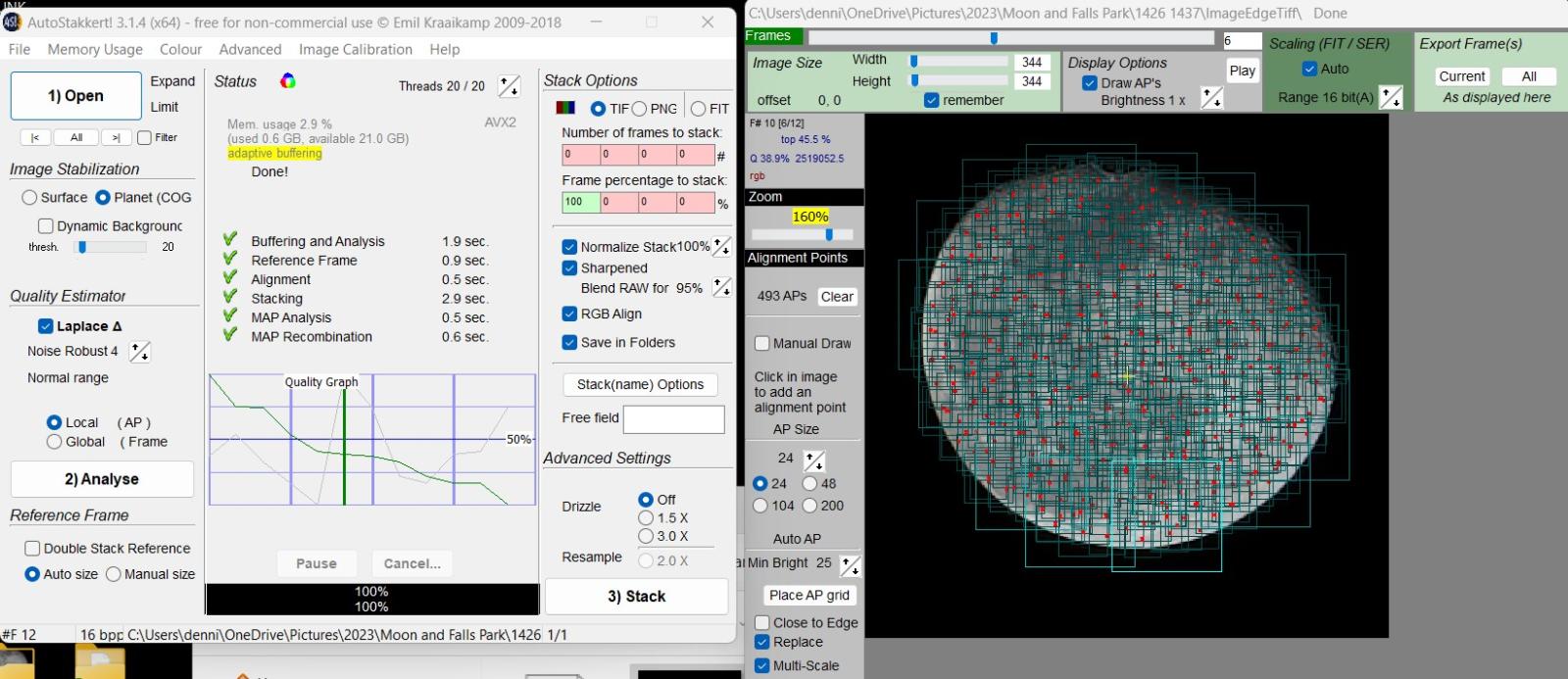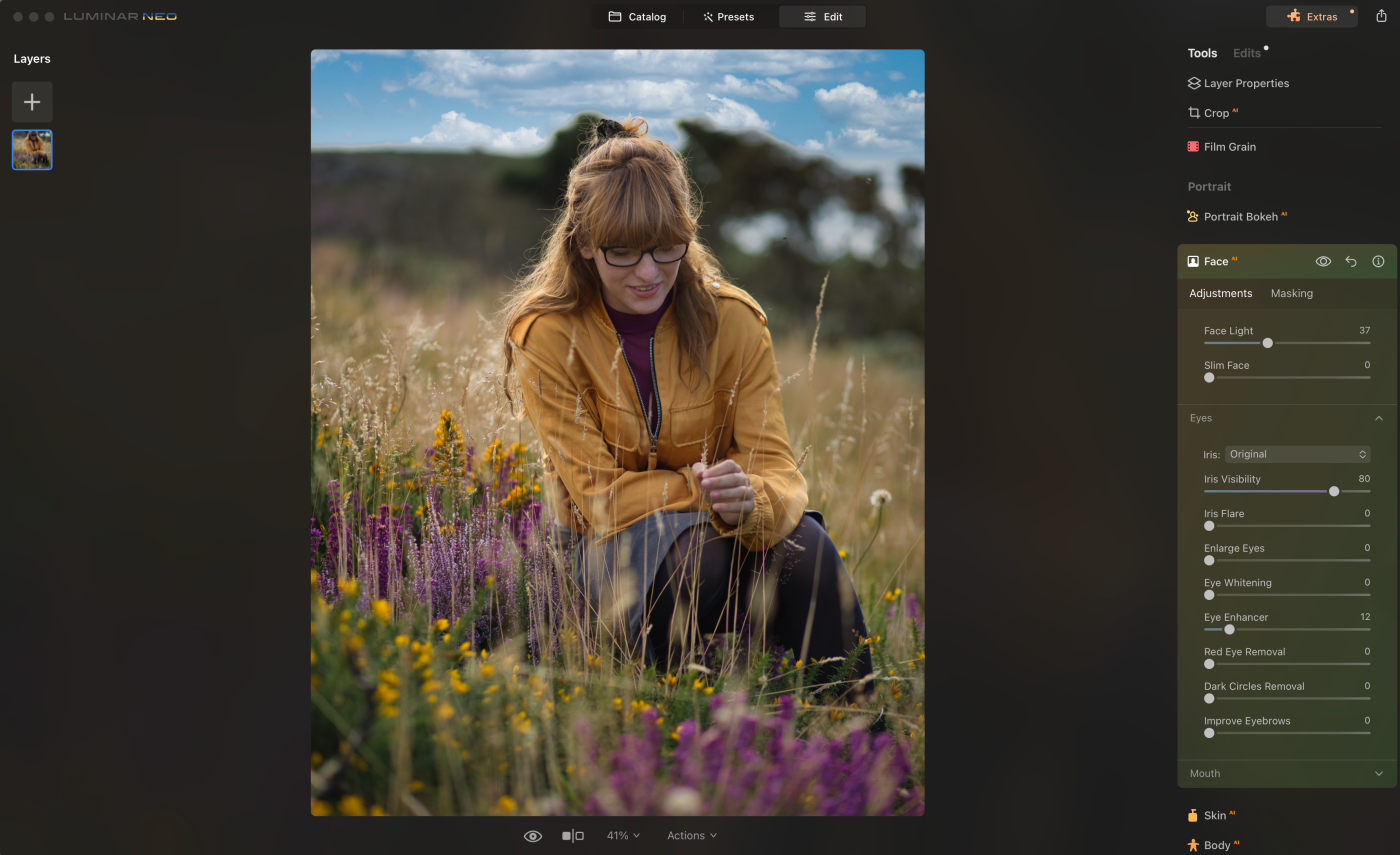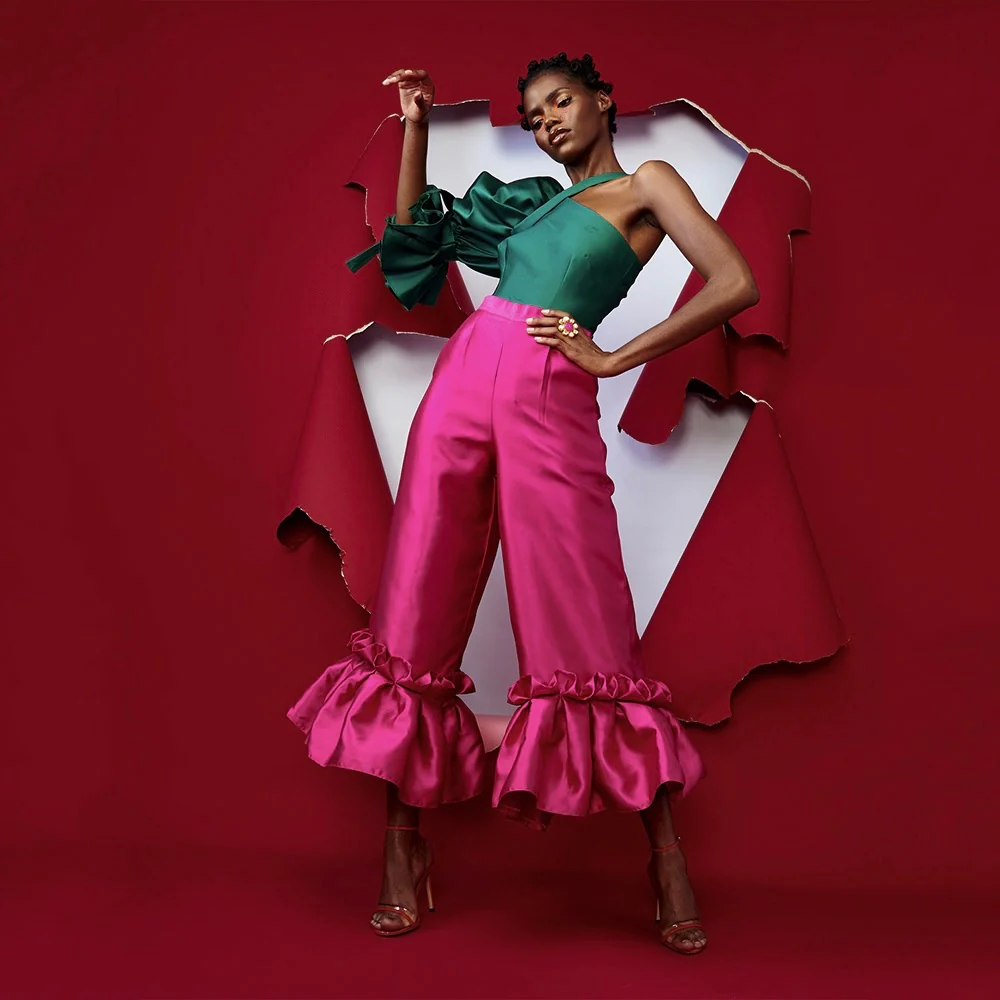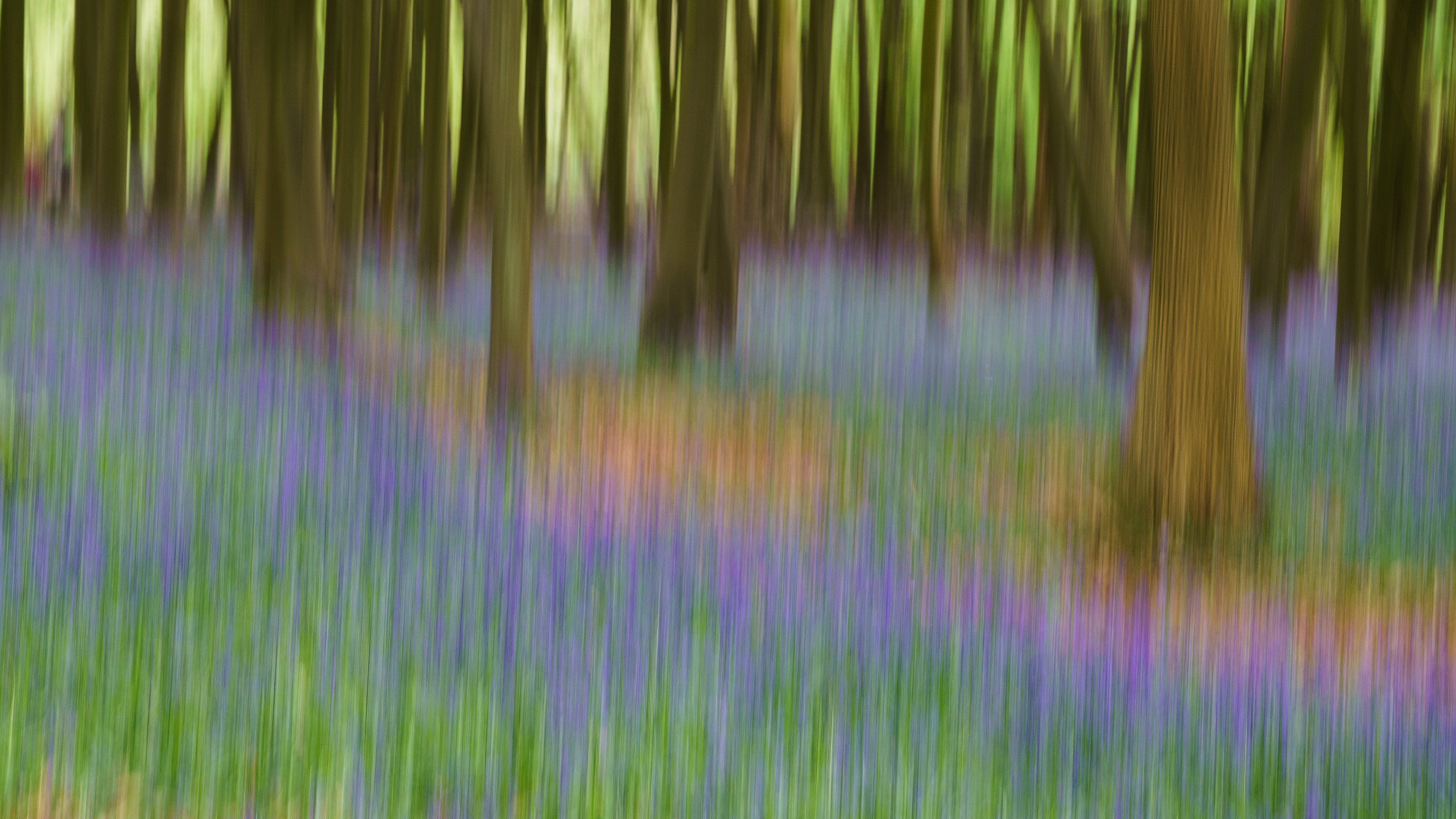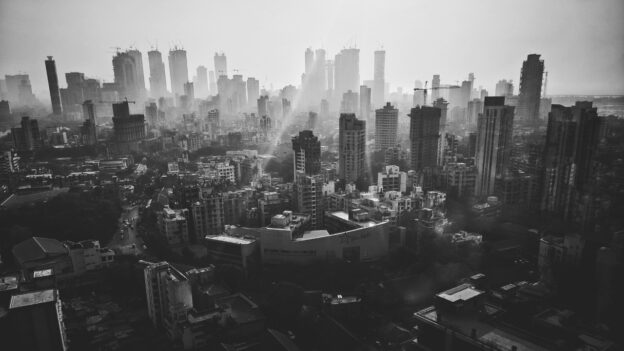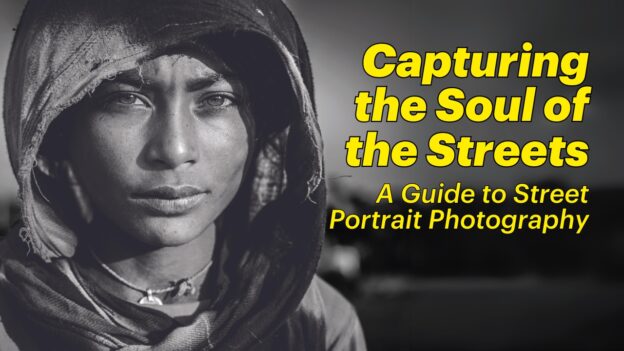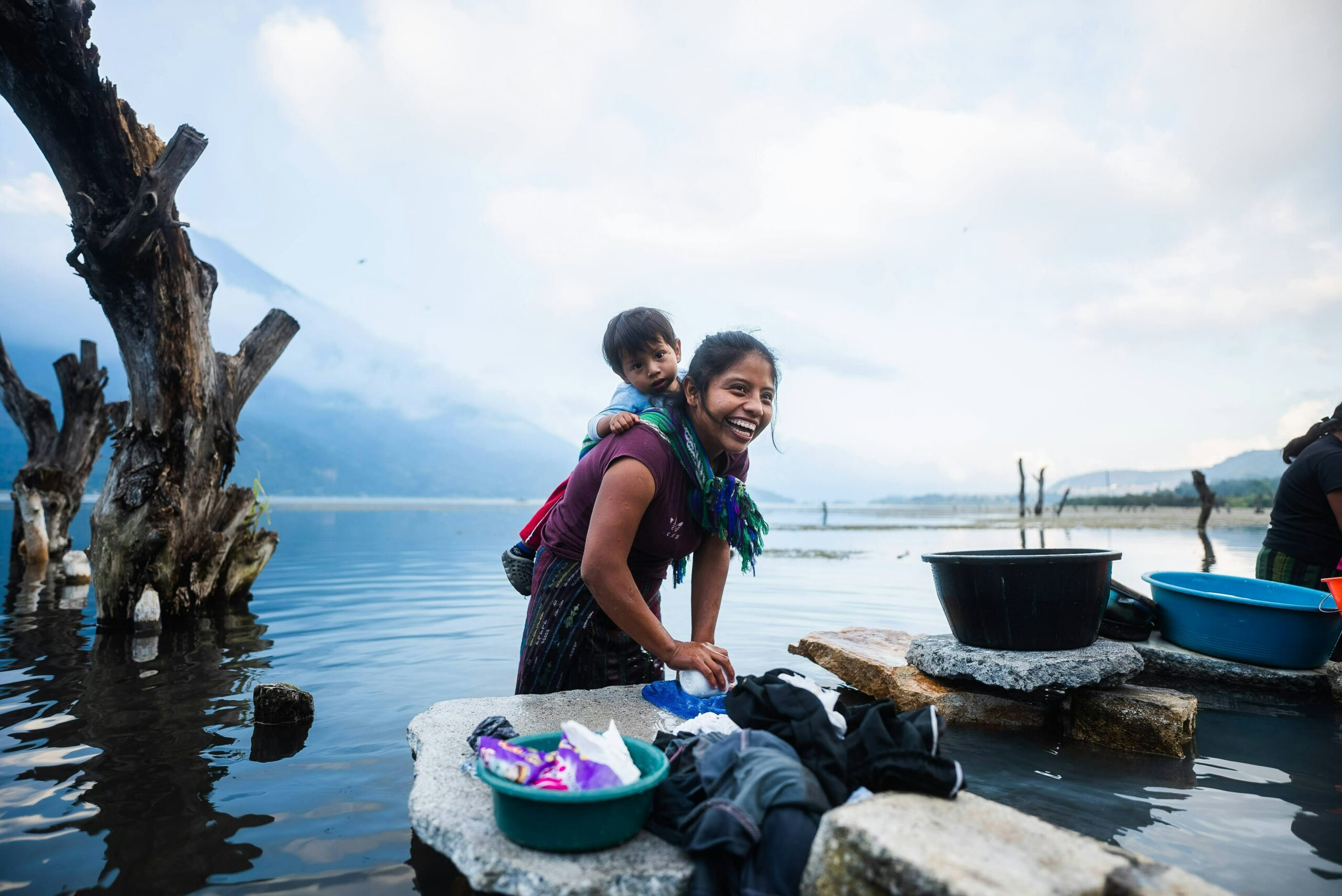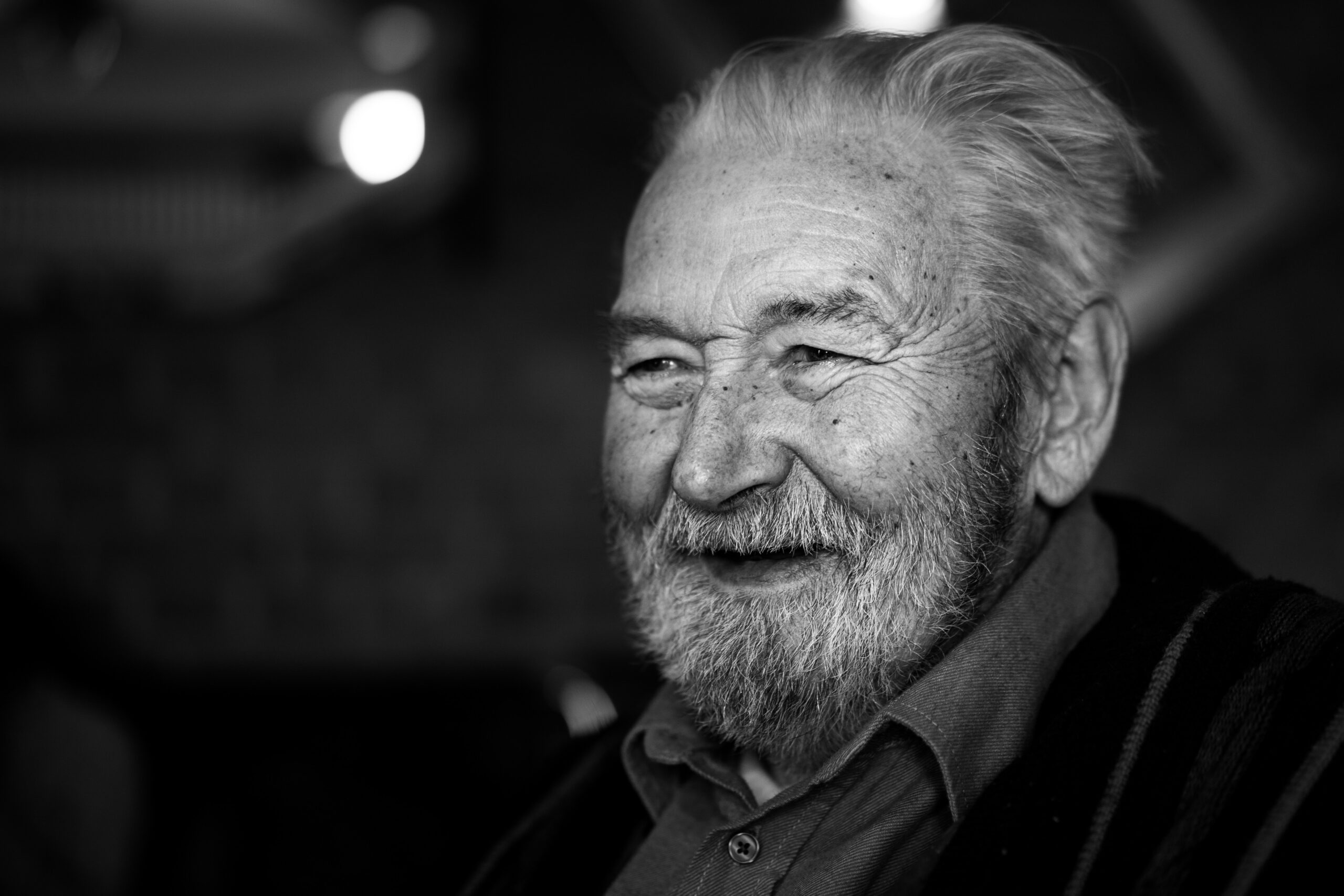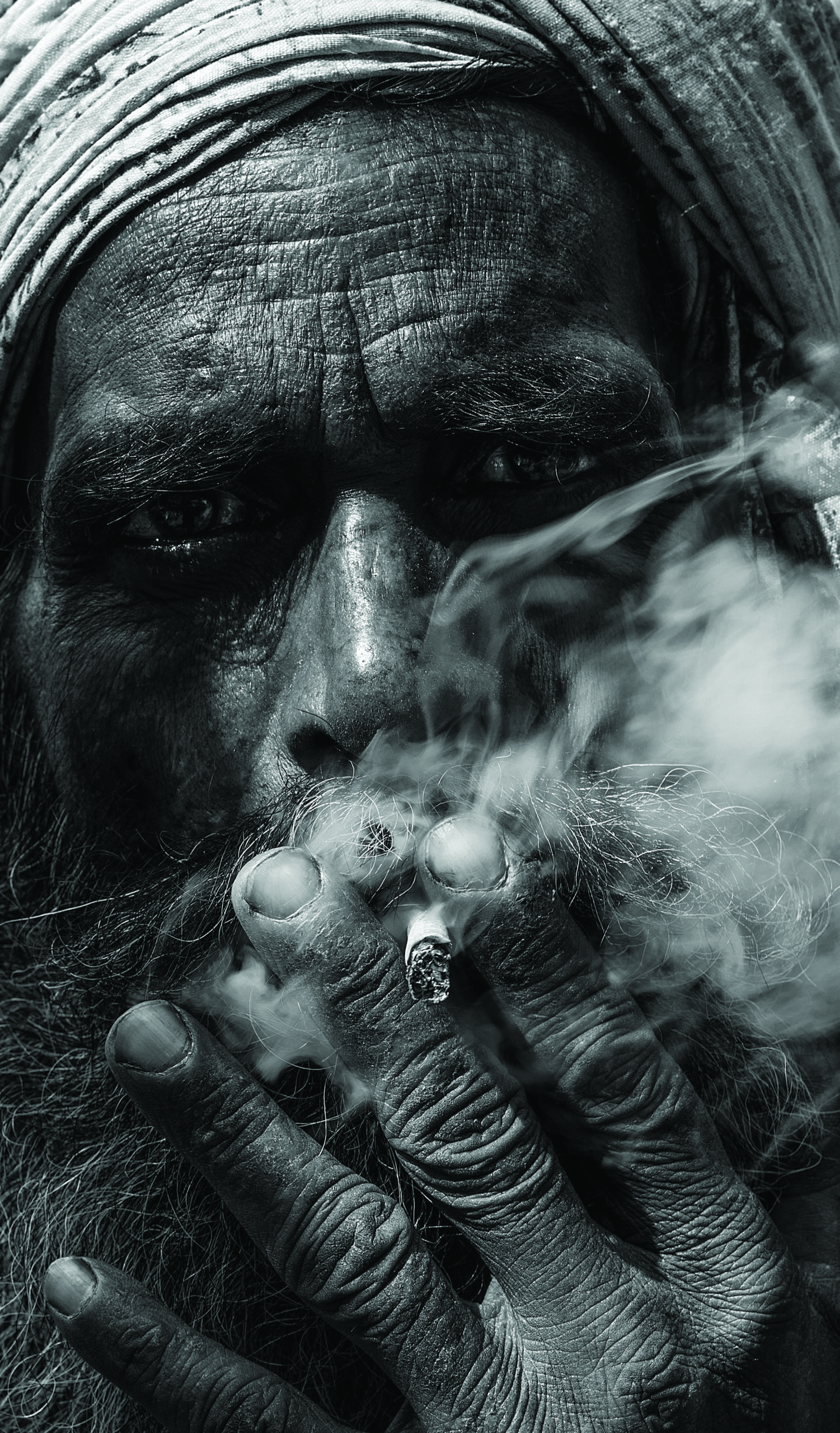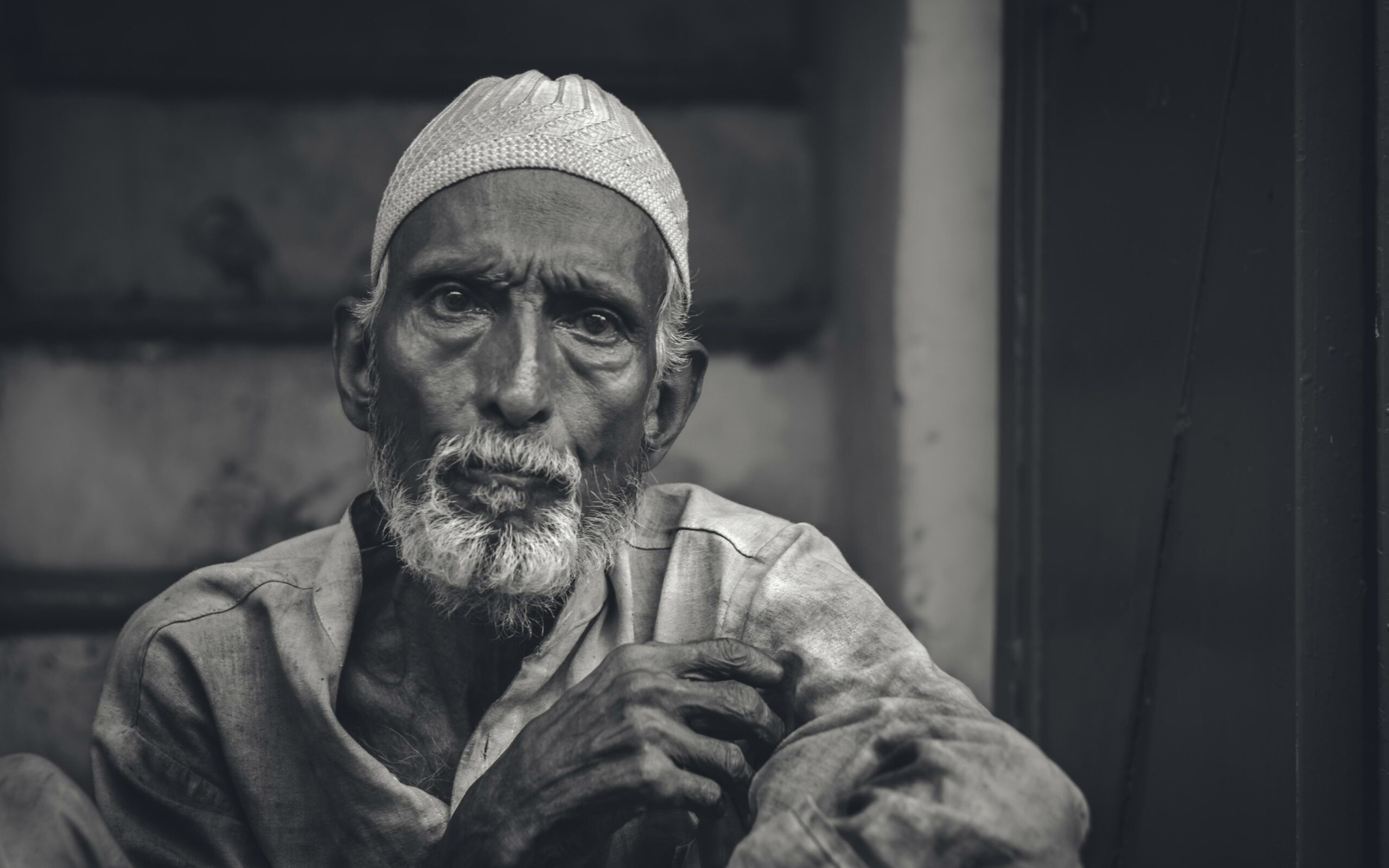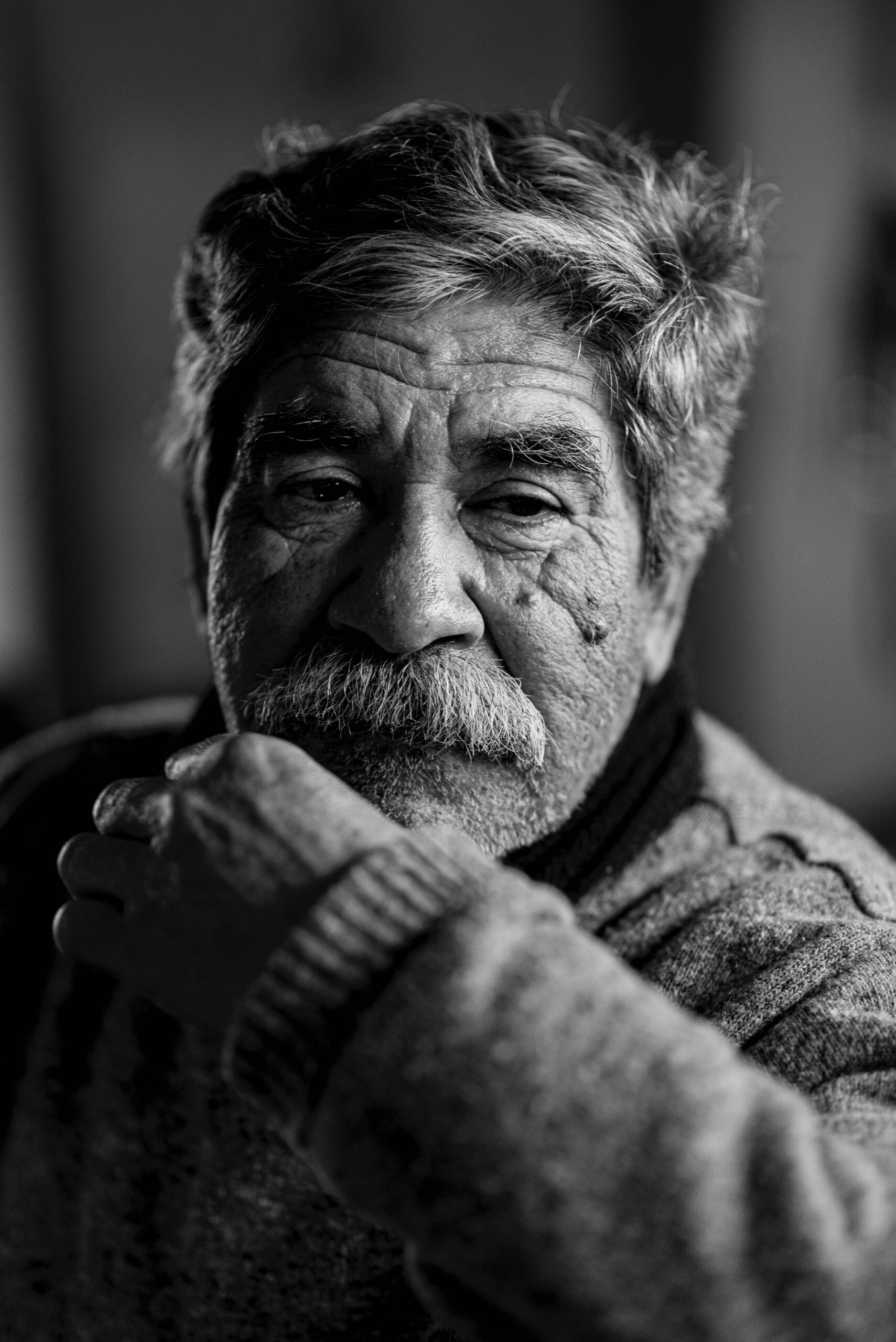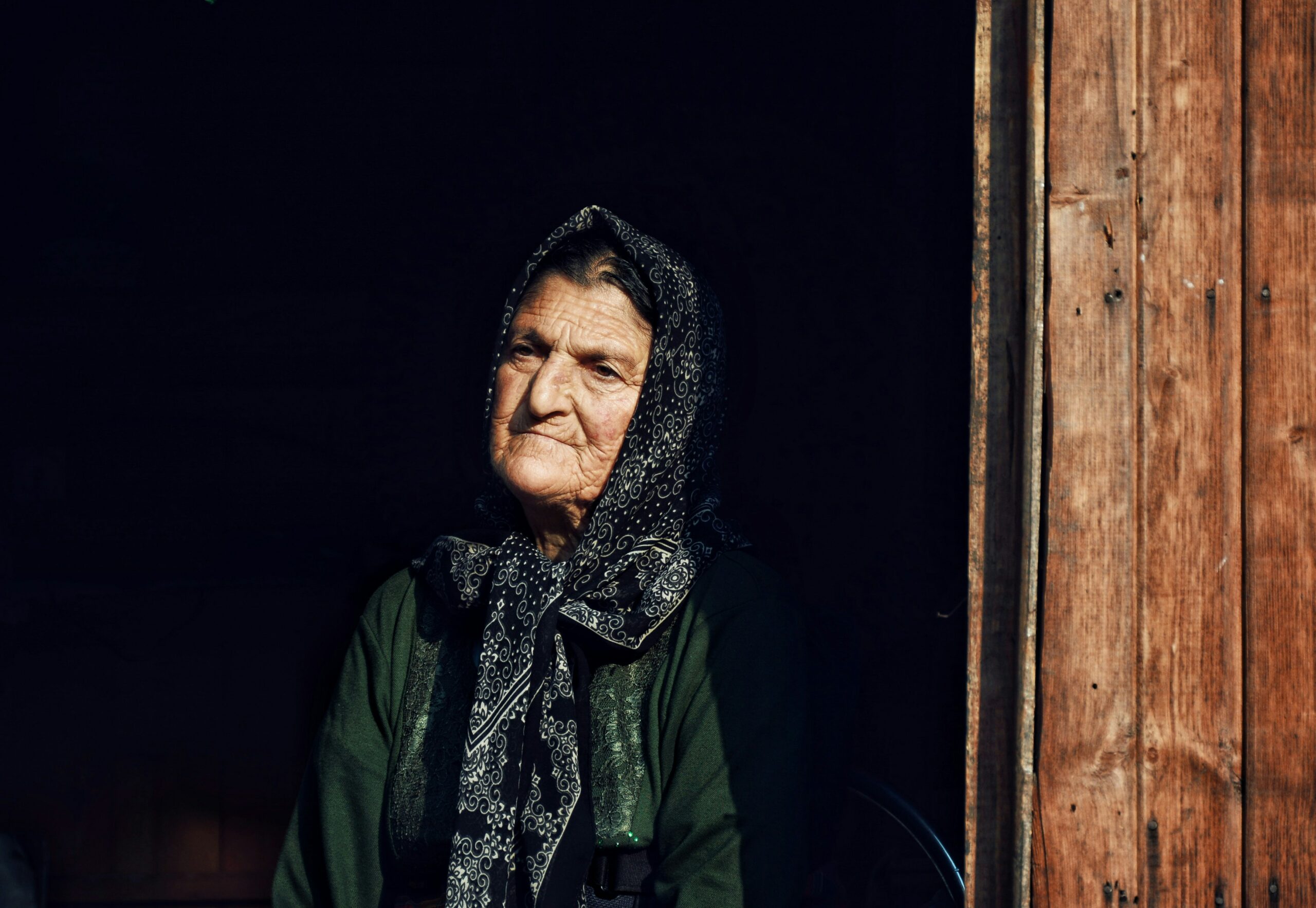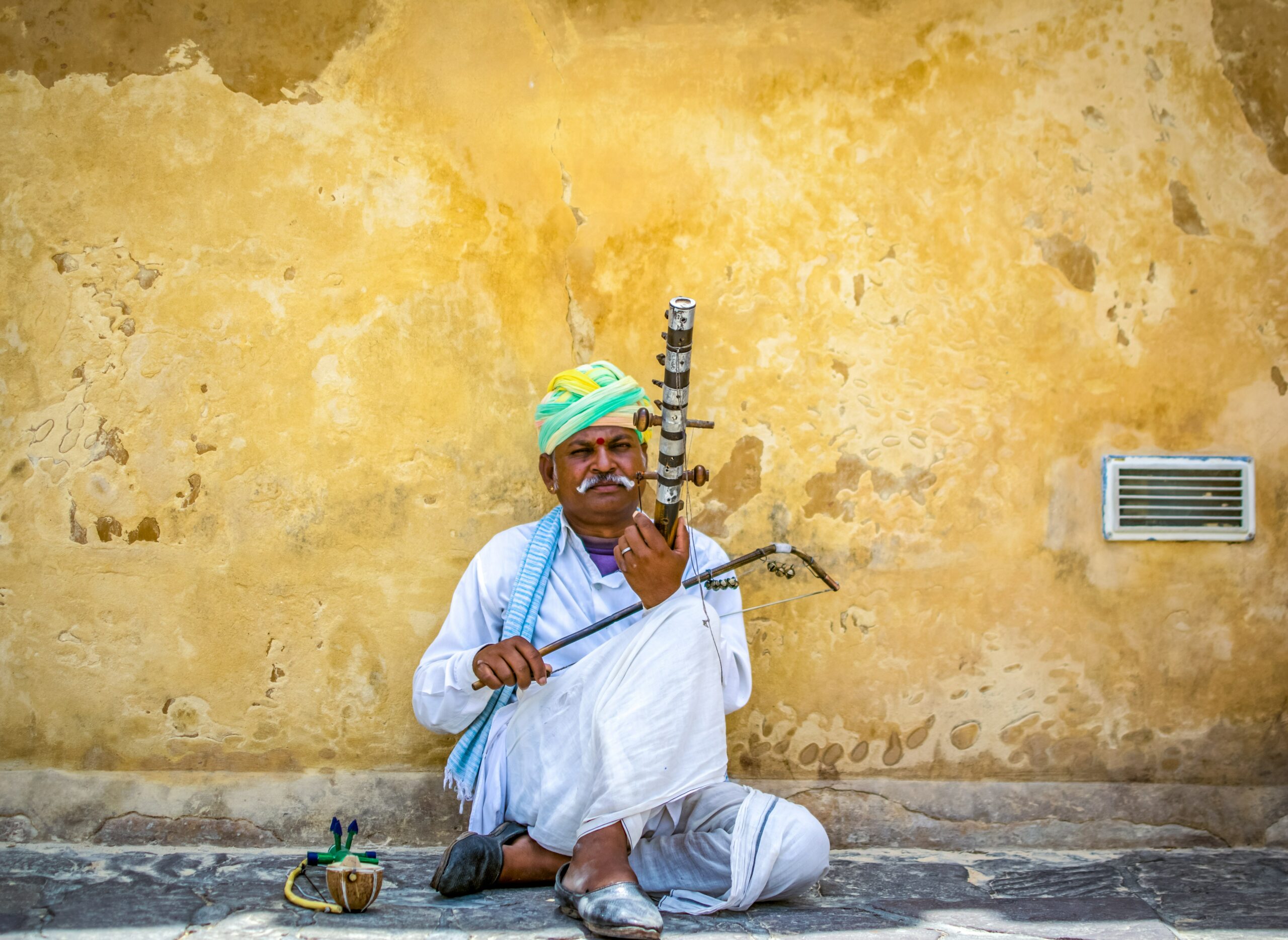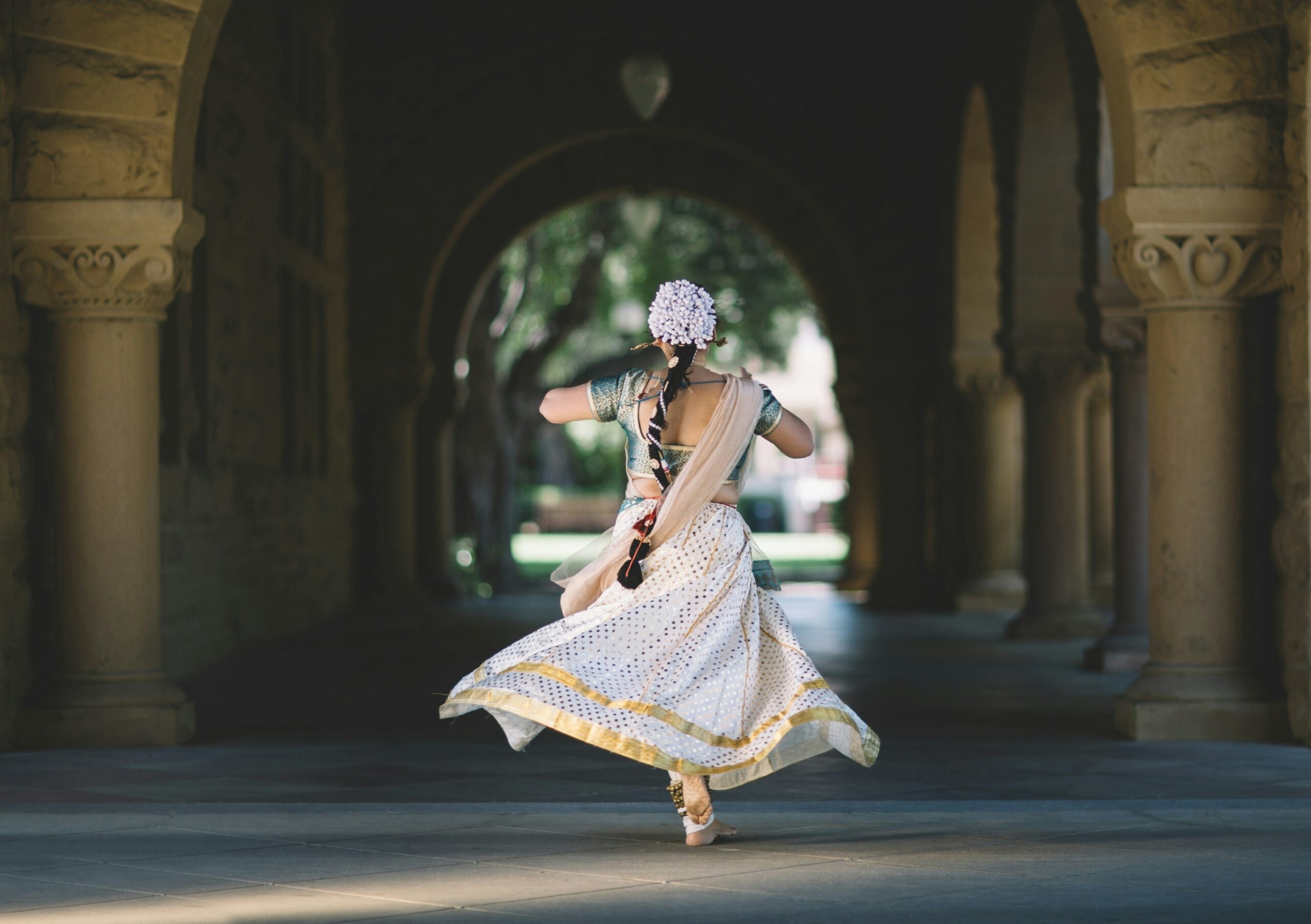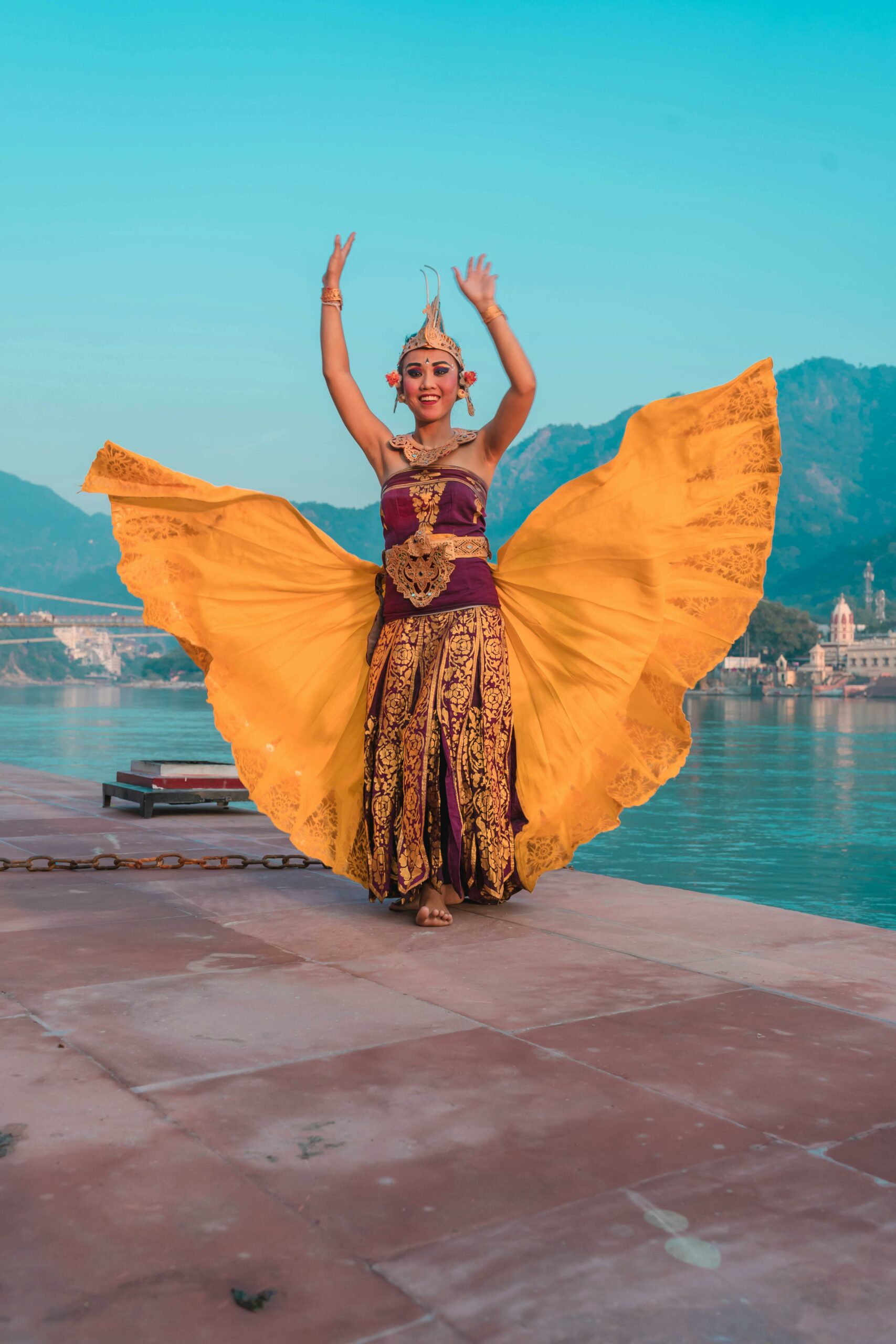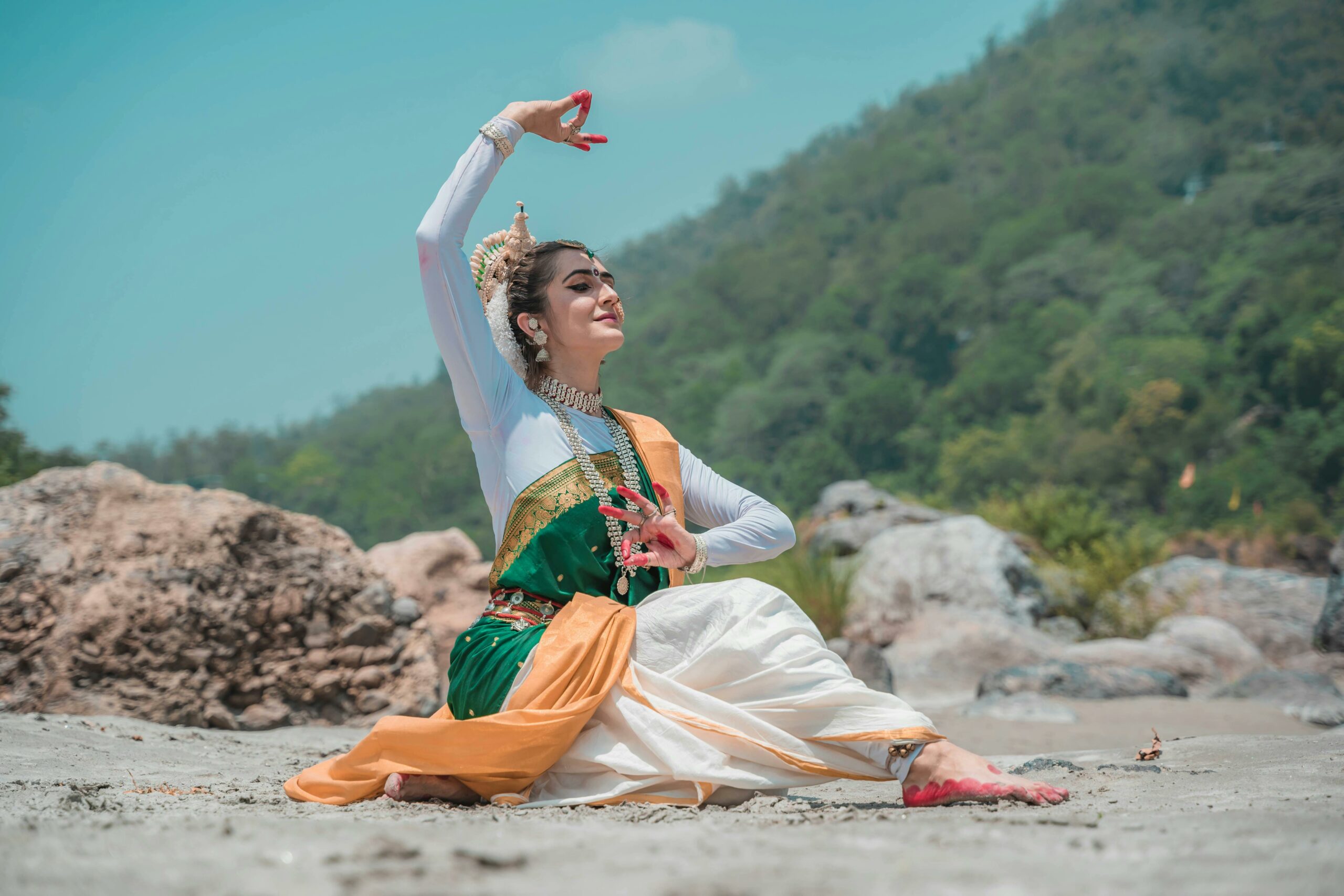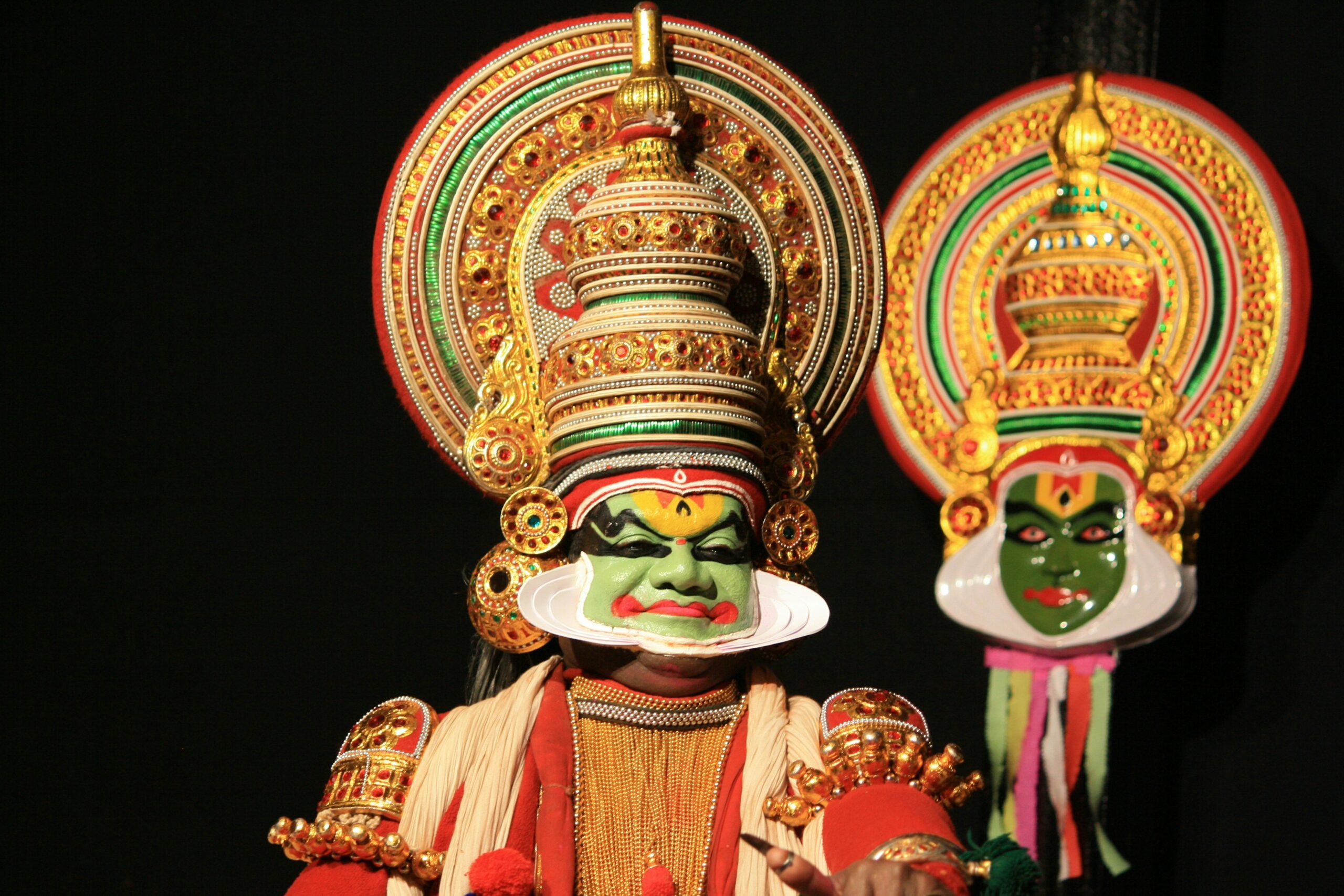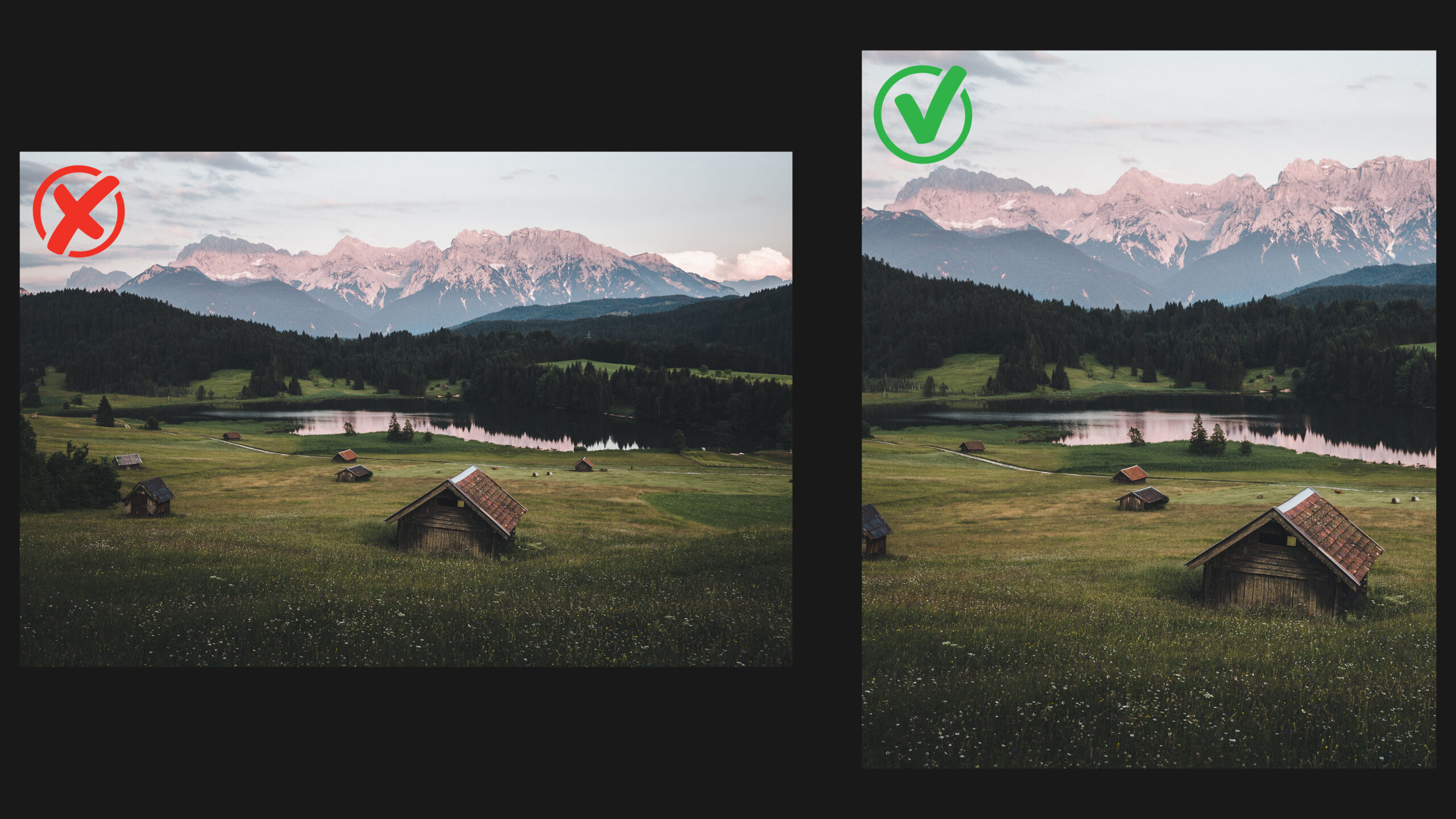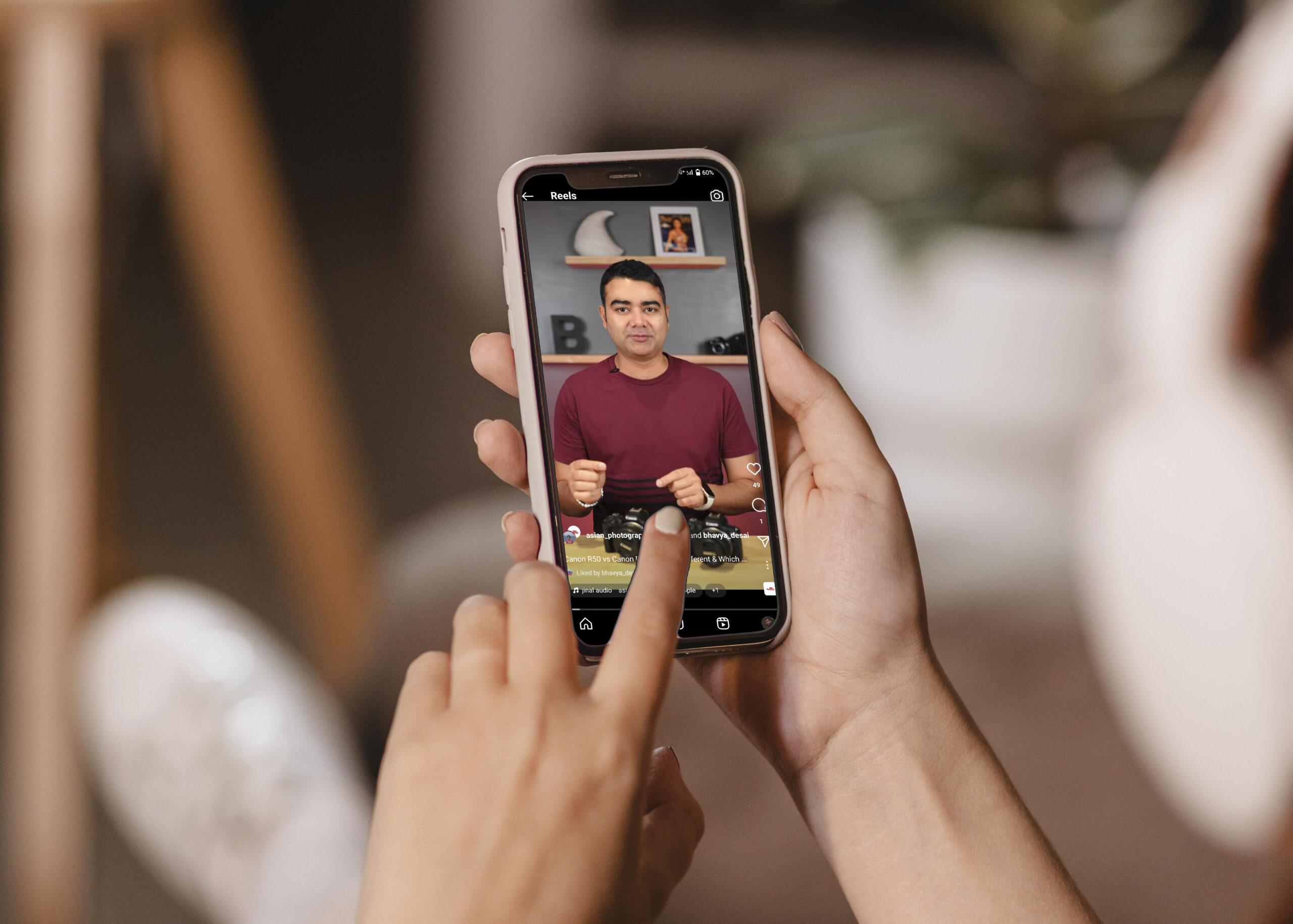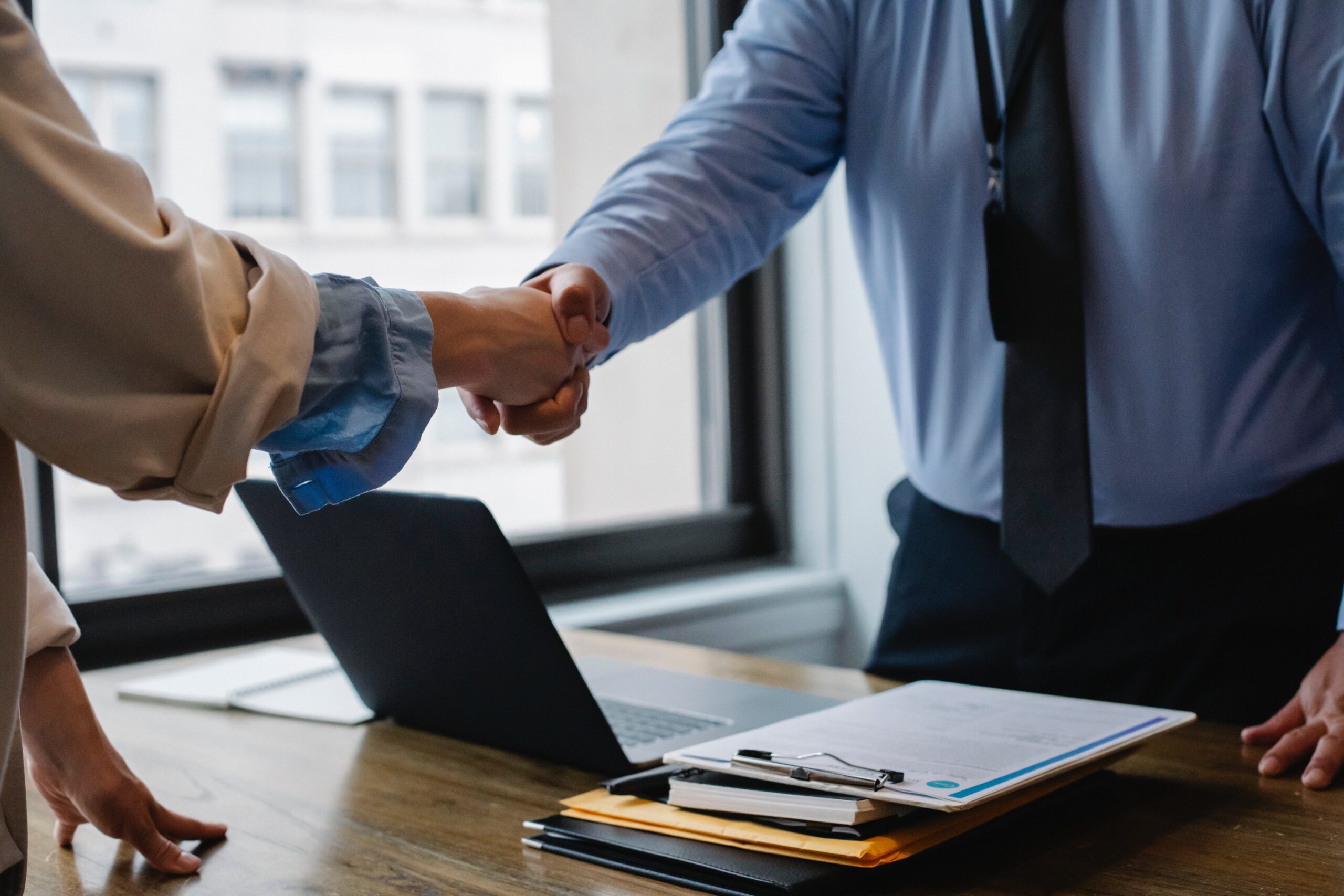Travel photography is an exciting way to capture memories, landscapes, and cultures. Whether you’re a beginner or a professional, having the right gear can make a huge difference. Below, we’ve curated the best travel photography gear across different budgets, from ₹40,000 to ₹5,00,000, covering cameras, lenses, and essential accessories.
Cameras & Lenses for Travel Photography
1. Budget Range: ₹40,000 – ₹1,00,000
You’re just beginning to scratch the surface and want to explore what’s out in the world with limited disruption to your travel experience. And you’re okay with being called a tourist, these recommendations will suit you and also not break the bank.
Cameras:

- Sony ZV-E10 – Great for vlogging and stills with a flip screen and excellent autofocus.
- Canon EOS R50 – Compact mirrorless with 4K video and fast autofocus.
- Fujifilm X-T30 II – Small in hand, retro design with excellent colour science, fun to use.
Lenses:

- Sigma 16mm f/1.4 – Wide-angle for landscapes, astro photos and environmental portraits, great for low-light as well
- Sony 18-105mm f/4 – Versatile zoom for travel.
- Tamron 17-70mm f/2.8 – Versatile zoom lens with a wide aperture suitable for a wide variety of shots.
2. Mid-Range: ₹1,00,000 – ₹2,50,000
You have a little bit of experience with Best for enthusiasts who want better performance and versatility.
Cameras:

- Sony A7 III – Full-frame with great low-light performance.
- Nikon Z6 II – Excellent dynamic range and video capabilities.
- Fujifilm X-T4 – Very capable APS-C camera with retro aesthetics, a flippable screen and film simulations that enhance the shooting experience.
Lenses:
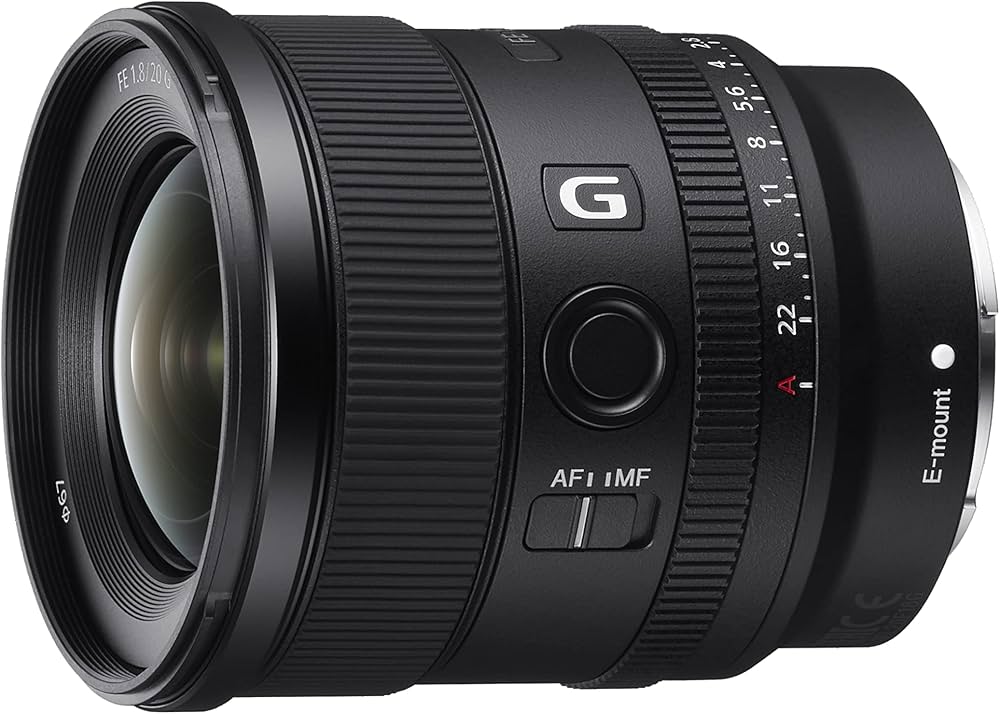
- Tamron 28-75mm f/2.8 – Sharp and lightweight for full-frame.
- Sigma 18-50mm f/2.8 – Compact zoom with fast aperture.
- Sony 20mm f/1.8 G – Ultra-wide for astrophotography.
3. High-End: ₹2,50,000 – ₹5,00,000
Best for professionals and serious photographers who need top-tier performance.
Cameras:
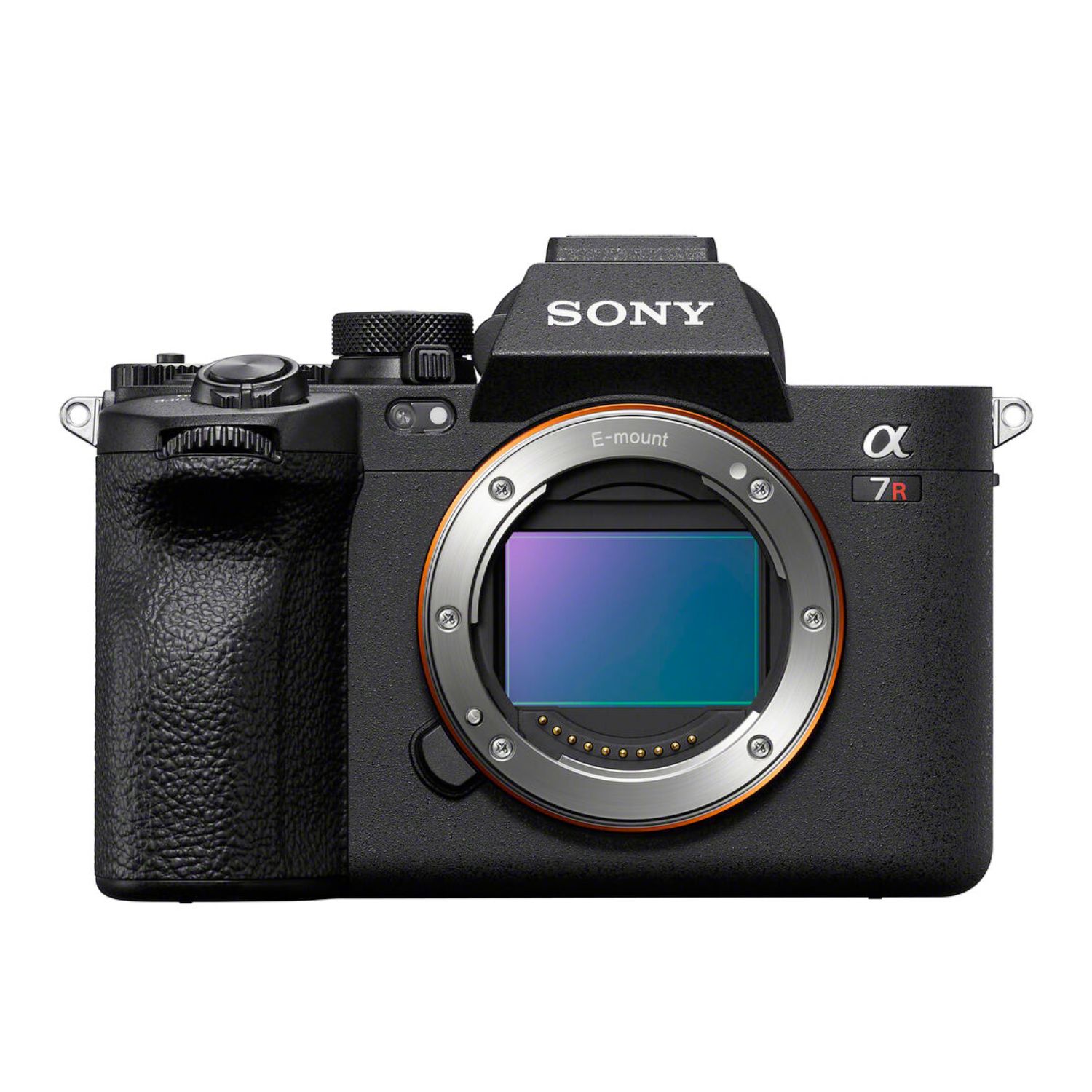
- Sony A7R V – 61MP resolution for detailed landscapes.
- Canon EOS R5 – 8K video shooting capability and 45MP sensor for high resolution stills.
- Nikon Z8 – Flagship performance in a compact body.
Lenses:

- Sony 24-70mm f/2.8 GM II – Best all-in-one standard zoom lens, a must-have in a kit.
- Canon RF 70-200mm f/2.8 – great starting point for a telephoto zoom lens.
- Sigma 14-24mm f/2.8 – Ultra-wide for landscapes, environmental portraits, astro and more.
- Nikon Z 24-120mm F/4 S – a great all-rounder that has a versatile focal length along with the S badge, meaning superb optics.
Essential Travel Photography Accessories
1. Tripods & Stabilization

- Manfrotto BeFree Travel Tripod (₹10,000 – ₹15,000) – Lightweight and sturdy.
- DJI RS 3 Mini Gimbal (₹25,000 – ₹30,000) – For smooth video while travelling.
2. Bags & Storage
Under ₹5,000:

- Wildcraft Shutterbug Pro (₹3500 – ₹5000) – Can carry one camera with several lenses, filters and cleaning kit with a pocket for a laptop in the back. Solid choice and value for money.
- Digitek Holster Bag (₹1,500 – ₹2,500) – Compact and lightweight, can carry one camera with lens easily.
Mid-Range (₹5,000+):
- Lowepro ProTactic 350 AW – Rugged and weather-resistant.
The Ultimate (₹10,000+)
- Peak Design Everyday Backpack – Stylish, functional, customizable, slightly water-resistant.
Backpacks ultimately are extremely diverse and are a personal choice on top of functionality for many. These recommendations are just an example.
3. Filters & Cleaning Kits
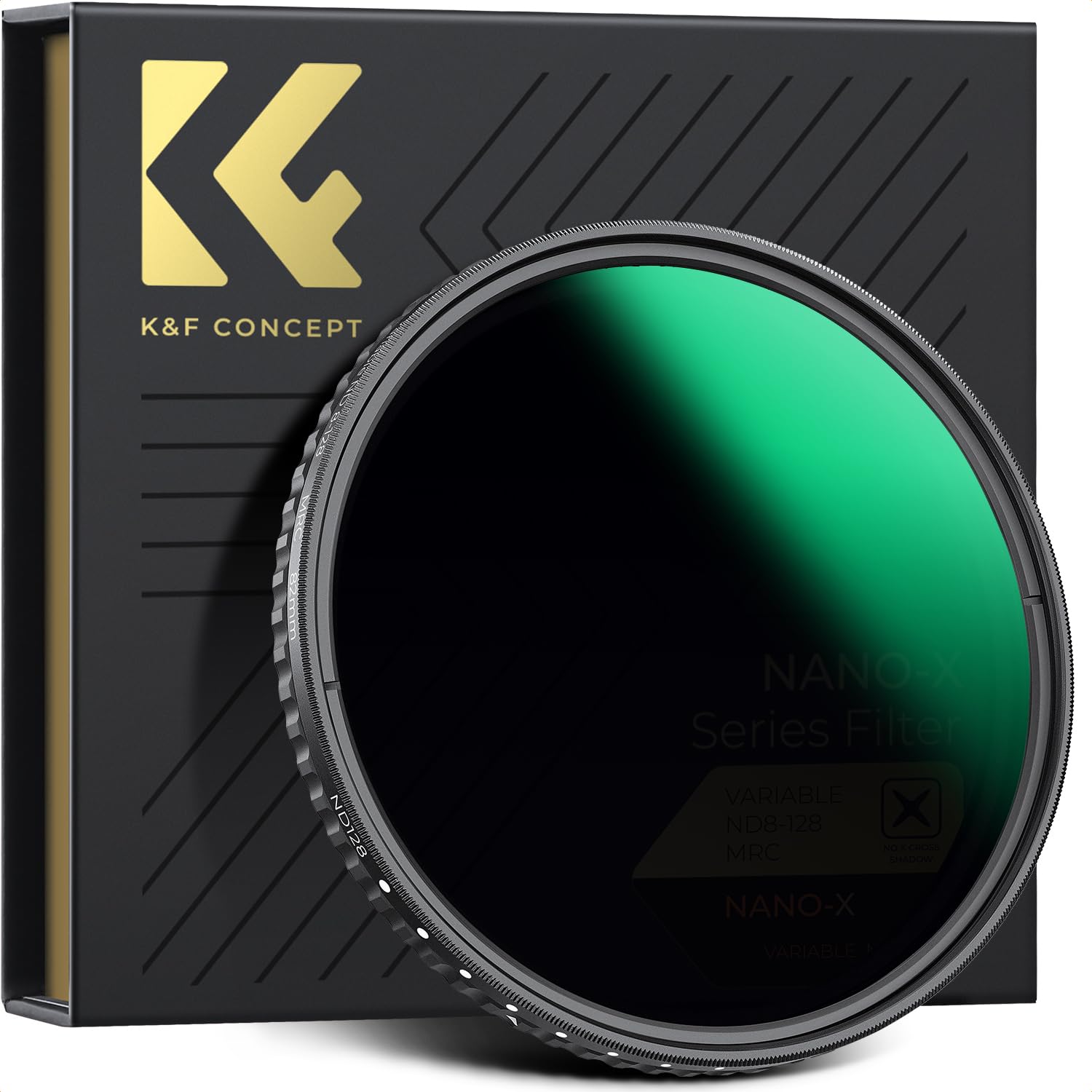
- PolarPro Circular Polarizer (₹5,000 – ₹7,000) – Reduces glares & reflections, useful for landscapes, aerial shots, automotive and more.
- K&F Concept VND (₹3000 – ₹8000) – high quality filters with little to no colour cast. (Oftentimes VNDs are combined with CPL filters, look out for them as well)
- VSGO Camera Cleaning Kit (₹1,500 – ₹2,000) – Essential for dust removal.
4. Lighting & Extras
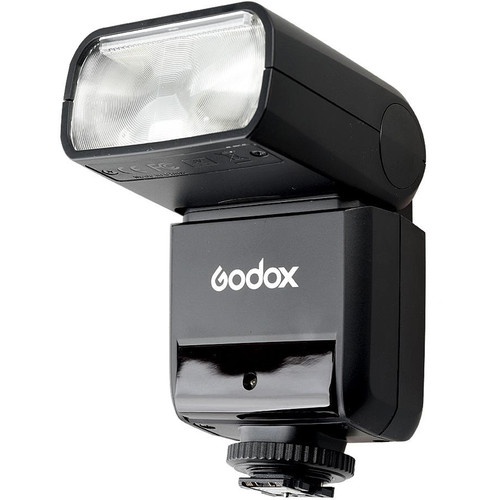
- Godox TT350 Flash (₹7,000 – ₹9,000) – Compact travel flash.
- DJI Mini 3 Pro (₹70,000 – ₹80,000) – Lightweight drone for aerial shots.
Final Thoughts
Whether you’re on a tight budget or ready to splurge, there’s a perfect travel photography setup for you. From ₹40K–₹1L, focus on a good APS-C camera and a versatile lens. Pro tip, when starting out, seek used/unboxed/second-hand cameras & lenses as you can get some great deals like midrange bodies & lenses for the price of a beginner.
For ₹1L–₹2.5L, upgrade to full-frame (or get a better APSC body) for better low-light performance. For ₹2.5L–₹5L, you can invest in high-resolution bodies and pro-grade lenses. Don’t forget accessories like tripods, bags, and filters—they can significantly enhance your travel photography experience.
